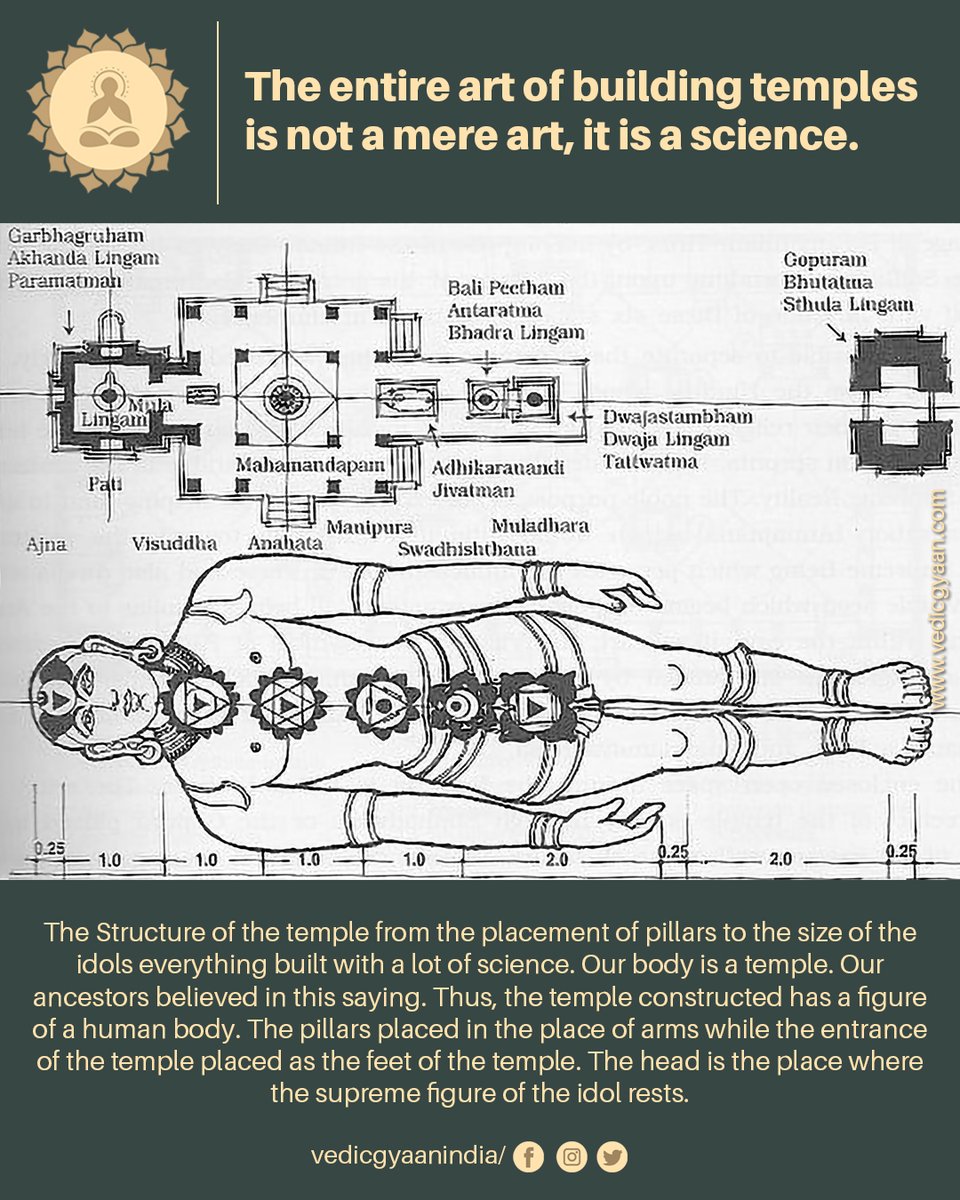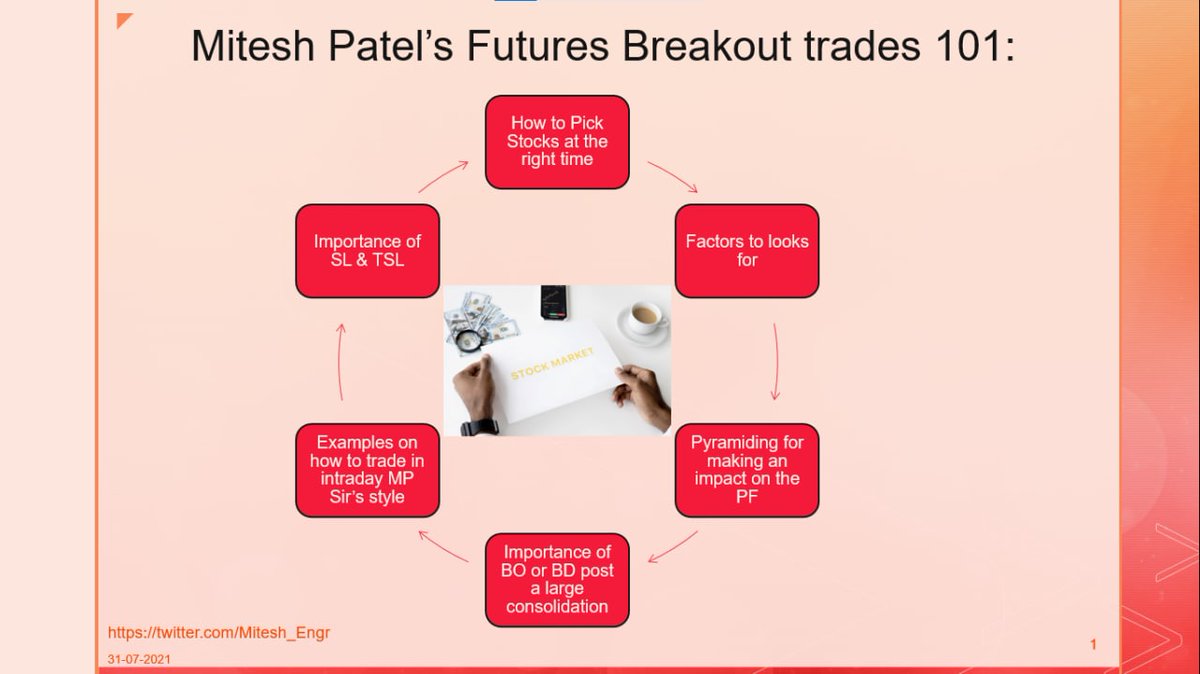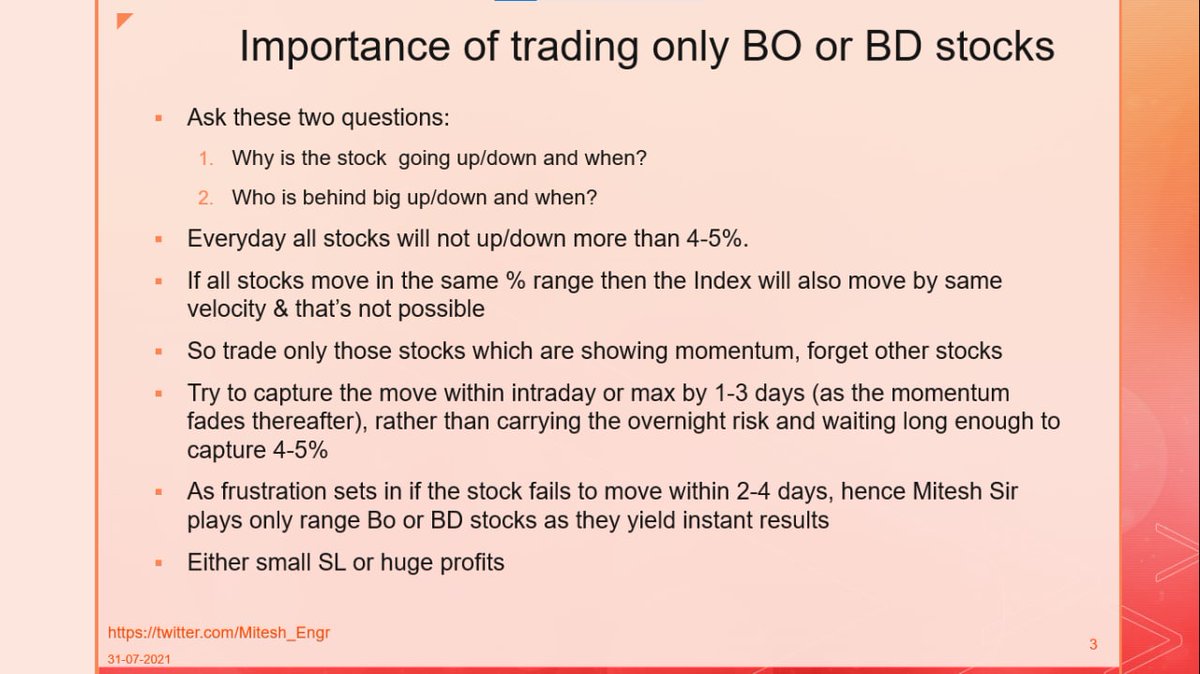The temples are the place where people worship the divine lord. The architecture of the temples is more than just a spiritual approach. A lot of science indulges in the construction of these Hindu temples. Hindu Temples are the place where science meets spirituality to attain

#FreeHinduTemples #FreeTNTemples
More from Vedic Gyaan
The pradakshina or Parikrama done around the temple holds a deep intended meaning. The idol made up of earthly matter absorbs all the energies produced when you light camphor, ring the bell, or offer flowers. Once all your five senses activate, you tend to absorb all kinds of

positive energy by circumnutating around the garbhagriha of the temple.
Read the full blog on https://t.co/R2XdYCQoqi
For Hindi, Click on the Flag of India Indian flag icon in the translate option

positive energy by circumnutating around the garbhagriha of the temple.
Read the full blog on https://t.co/R2XdYCQoqi
For Hindi, Click on the Flag of India Indian flag icon in the translate option





















